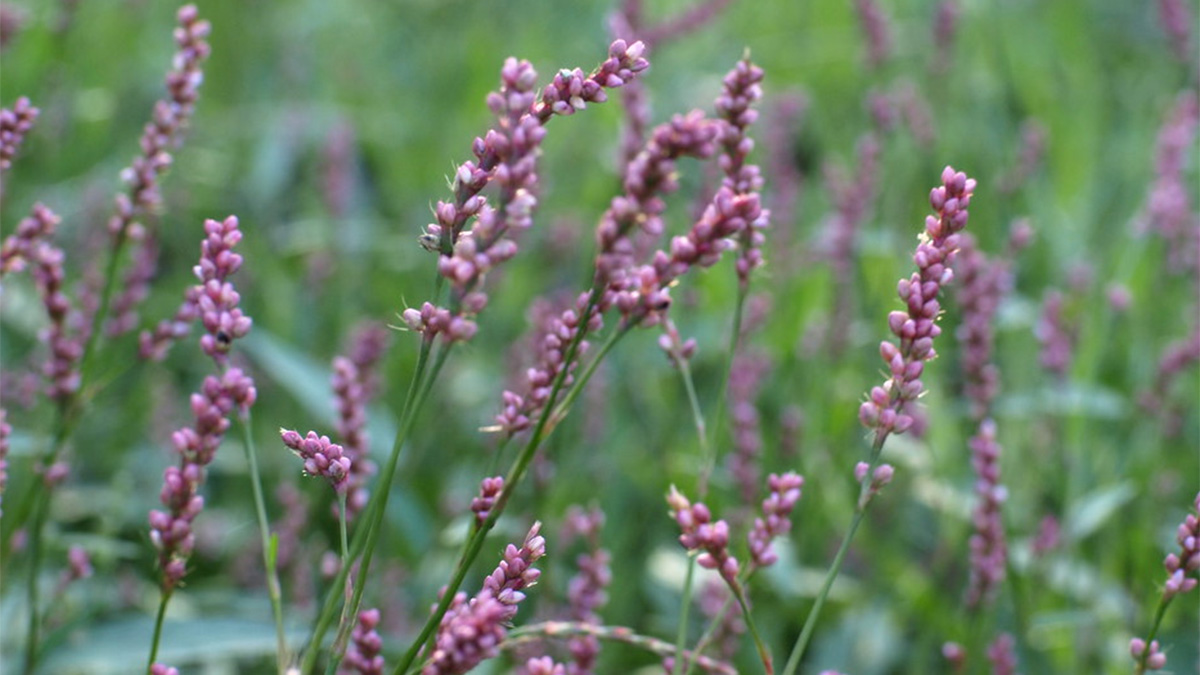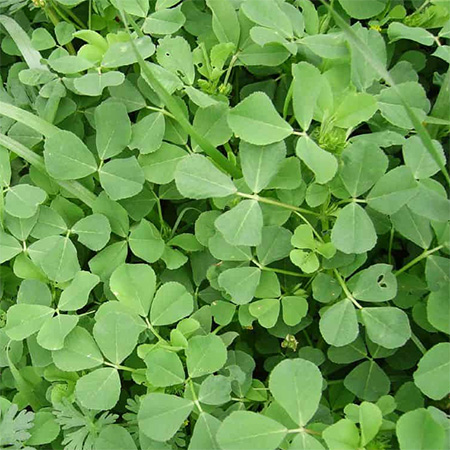Common Weeds that are Actually Beneficial for Your Garden

In most gardens, weeds are viewed as enemies competing with our carefully selected plants for space, sunlight, and nutrients. It’s not uncommon to find gardeners in an endless battle, pulling, spraying, or smothering any plant that appears out of place. But what if we told you that some of those scrappy survivors are actually working in your garden’s favor?
While it’s true that many weeds can be invasive or troublesome, several common varieties offer real benefits to your soil, your plants, and the greater garden ecosystem. From improving soil health to attracting pollinators, these so-called “weeds” might just earn a place in your garden.
Rethinking weeds: Friends or foes?
A weed is commonly defined as any plant growing where it’s not wanted. But that definition is subjective. What’s a weed in one garden might be a prized plant in another. The key to shifting your mindset lies in understanding a plant’s function rather than focusing only on its appearance or location.
In natural systems, weeds are often the first responders to disturbed soil. Their job is to stabilize the ground, reduce erosion, and begin the process of healing poor or damaged land. Many are resilient, deep-rooted, and fast-growing, making them incredibly effective at drawing nutrients from deep below the soil surface and helping to restore balance. When used strategically, these characteristics can benefit the home gardener in significant ways.
Benefits of keeping certain weeds in your garden
Not all weeds are worth saving, but several offer useful benefits that can enhance your garden’s health and productivity. These benrfits may include the following:
Soil improvement
Some weeds, especially those with deep taproots, help break up compacted soil, aerating it and drawing up nutrients from lower layers. When these weeds are cut back or die off, they return those nutrients to the topsoil, making them accessible to other plants.
Pollinator support
Many flowering weeds provide nectar and pollen that attract bees, butterflies, and other pollinators. These insects play a crucial role in fertilizing crops and ensuring fruitful harvests.
Living mulch
Low-growing weeds can serve as ground covers, helping retain soil moisture, regulate temperature, and suppress more aggressive weed species. They create a living mulch that reduces the need for synthetic alternatives.
Natural pest control
Certain weeds attract beneficial insects such as ladybugs, lacewings, and parasitic wasps that feed on garden pests. Others act as trap crops, drawing pests away from your vegetables or flowers.
Biodiversity and resilience
Allowing some weeds to grow increases your garden’s biodiversity, making the overall ecosystem more resilient. A variety of plants supports more insects, birds, and soil organisms, all of which contribute to a healthy, balanced environment.
Examples of beneficial weeds
Here are several common weeds that are surprisingly helpful in the garden. Each one offers unique advantages, whether it’s supporting soil, attracting wildlife, or even feeding you.
Dandelion

Often seen as a nuisance, the dandelion is a powerhouse plant. Its deep taproot loosens compacted soil and pulls up calcium and other nutrients. Dandelion flowers are one of the earliest food sources for bees in spring, and the leaves and roots are edible and nutritious. Leave a few dandelions growing, especially at the garden’s edges, to support pollinators and soil health.
Plantain (Broadleaf and Narrowleaf)
Plantain is another common lawn weed with surprisingly helpful traits. It can grow in compacted, poor-quality soil, helping to improve its structure over time. Plantain is also known for its medicinal uses and attracts beneficial insects like hoverflies, which help with pest control.
Clover

Clover is a nitrogen-fixing plant, meaning it pulls nitrogen from the air and adds it to the soil, improving fertility. This makes it a natural fertilizer for surrounding plants. Clover is also an excellent ground cover that prevents erosion and attracts bees with its sweet-smelling flowers. It works beautifully in lawns or between garden beds.
Lamb’s quarters
Lamb’s quarters are often called wild spinach and for good reason, the leaves are rich in nutrients like calcium, potassium, and vitamins A and C. This weed is also a bioaccumulator, drawing nutrients from the soil and storing them in its leaves. It can improve soil conditions and provide a healthy, foraged addition to your meals.
Chickweed

Chickweed forms a dense, low-growing mat that protects soil from erosion and moisture loss. It’s edible, packed with nutrients, and offers medicinal properties. Chickweed thrives in cool weather and can act as a living mulch between rows of vegetables. Just be sure to keep it from overwhelming more delicate crops.
Purslane
Purslane is a succulent that grows low to the ground, forming a mat that helps retain soil moisture. It’s incredibly drought-tolerant and contains high levels of omega-3 fatty acids. Purslane can be eaten raw or cooked and makes an excellent addition to salads or stir-fries.
Queen Anne’s lace (Wild Carrot)
Queen Anne’s lace produces delicate white flowers that attract a variety of beneficial insects, including predatory wasps and pollinators. Though it can become invasive in some regions, it can be useful in wildflower areas or the edges of gardens where it won’t compete heavily with crops.
How to manage beneficial weeds
Knowing which weeds to let grow and which to pull takes observation and balance. The key is to allow beneficial weeds to support your garden without letting them take over.
- Control their spread: Deadhead flowers before seeds develop, or pull extra plants to keep populations manageable.
- Design with intention: Allow weeds to grow in specific areas like borders, pathways, or compost zones.
- Monitor competition: Ensure that beneficial weeds don’t outcompete young vegetables or delicate flowers.
- Use selectively: Rotate areas where weeds are allowed and mulch aggressively in zones where you want weed suppression.
Integrating helpful weeds into your garden plan doesn’t mean abandoning control, it’s about making thoughtful decisions that benefit your garden’s overall health.
Common misconceptions about weeds
Despite their benefits, weeds still get a bad reputation. Here are a few common myths worth rethinking:
- “All weeds are bad”: Many weeds offer ecological benefits, improve soil, or support wildlife.
- “A tidy garden is a healthy garden”: Nature thrives in diversity. A garden with controlled wildness can be more balanced and self-sustaining.
- “Weeds mean poor soil”: Some weeds do indicate soil issues, but others improve it. Their presence can offer valuable insights into your soil’s health.
Learning to see weeds as indicators rather than invaders can help you make smarter, more sustainable gardening choices.
Conclusion
While not every weed deserves a place in your garden, many offer genuine benefits that can enhance your soil, attract helpful insects, and contribute to a more balanced ecosystem. By learning which weeds to welcome and how to manage them wisely, you can reduce unnecessary work and create a healthier, more resilient garden space.
Related: Common Weeds that are Actually Beneficial for Your Garden
